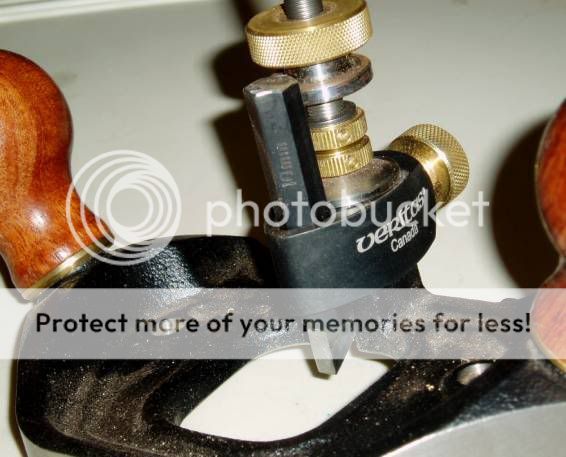whybob71
Established Member
Hi all
which is the best hand tool to make stopped grooves? Just thinking about front drovers.......
I belive that a router plane is suitable for this task, but the available cutters limit the capacities.
which is the best hand tool to make stopped grooves? Just thinking about front drovers.......
I belive that a router plane is suitable for this task, but the available cutters limit the capacities.

































